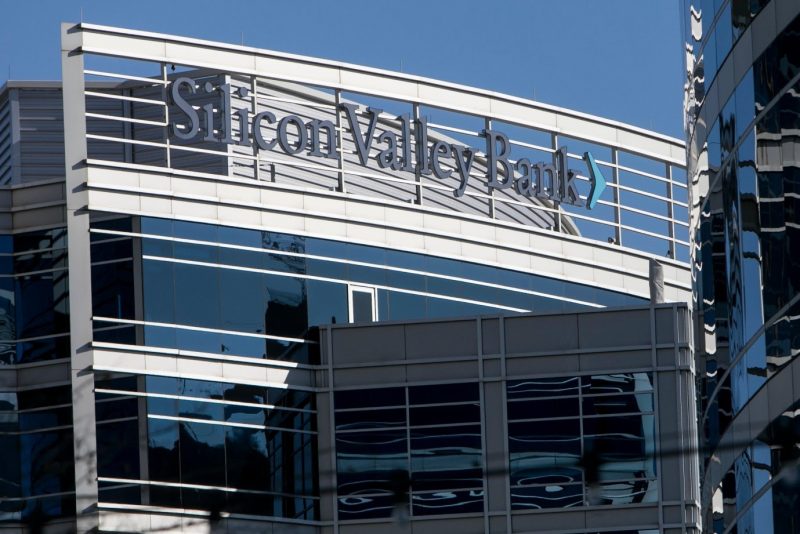Volatility has struck financial markets as several banks in the US and Europe collapse and require Governments and regulators to step in to protect depositors. Contagion fears are widespread, and banking shares are being particularly hard hit. So, if there is another GFC brewing, are Australian banks at risk? The short answer is “no”.
Following the collapse of Silicon Valley Bank and two other regional banks in the US on the weekend of 11th and 12th March, widespread fear hit global banking shares. When the US market opened on Monday other US regional banks such as First Republic, Western Alliance and Bancorp all fell more than 40% amid fears that, like Silicon Valley Bank, they will need to sell their investments at massive losses.
But these were relatively small banks. Then over in Europe Credit Suisse – a much larger bank with global operations – reported it had found “material weaknesses” in its past financial reporting. The bank’s biggest investor — the Saudi National Bank — said it would not bail out the ailing bank.
Credit Suisse shares took a beating, and the bank asked Switzerland’s central bank for support. The other big Swiss bank UBS now appears poised to buy Credit Suisse for its wealth and asset management units while divesting its investment banking division.
Fears of failing bank “contagion” have seen the global financial sector come under pressure including here in Australia. The S&P/ASX 200 Financials Index was down 6.5% in the week following the SVB Group and Signature Bank collapses.
What’s the root cause of these failures? In a nutshell, it’s got to do with rising interest rates and poor management. Central banks around the world have been raising interest rates at an historic pace in the face of persistently high inflation. The huge increases in interest rates have been a particular problem for some banks as their margins have been squeezed.
Are Australian banks at risk? The short answer is no. Most of the world’s banking systems sit somewhere on the spectrum ranging from “safe” to “competitive”. Competitive banking systems have many more banks (there are more than 4000 in the US). That means they must give better deals to their customers, and they often target more niche markets, which makes them less diversified and hence riskier.
Safe banking systems have far fewer banks (although there are 97 banks in Australia, the big four effectively make up about 90 per cent of the mortgage and deposit markets used by everyday Australians). That huge market dominance means they don’t need to engage in loss-making competitive behaviour.
As the Reserve Bank has raised interest rates, Australian banks have passed that on quickly and fully to those who borrow from them (i.e., those with a mortgage), but slowly and partially to those who deposit money with them. In other words, Australian banks – particularly the Big 4 – are a protected species when it comes to higher interest rates as they can maintain their capital prudence by managing different rates that they apply to borrowers and depositors.
While banks in some countries will come under pressure in the face of further interest rate increases, and their customers will be nervously watching how the next few weeks unfold, here in Australia you can sleep easily – our big banks are safe, and our little banks have very strong backing from our authorities and government. Australia’s banking system is highly regarded for its robust regulation and supervision, which has underpinned our strong performance during and since the GFC.
This is not to say that the Australian stock market will be immune from increased volatility in global markets. Pressure on the global banking sector has some effect on the global economy, but in general stock markets and economies are two very different things.
The Financial Sector makes up around 14.6% of the world market, and nearly all of that is in the large “safe” banks like ANZ, CBA, NAB and Westpac. And the big banks in the US, like Wells Fargo, Citigroup, and Bank of America, have all reported significant increases in deposits since SVB collapsed last week. The banks that have been in the news lately – SVB, Signature and Credit Suisse – collectively make up less than 0.07% of the world stock market.
So, while we cannot predict what the overall market will do in coming weeks, we can say the Australian banks are in no danger of collapsing. The best way to ride out the current volatility is to stay in a widely diversified portfolio of Australian and international shares. That will help reduce idiosyncratic exposure to any single stock and deliver strong returns over the long term.

